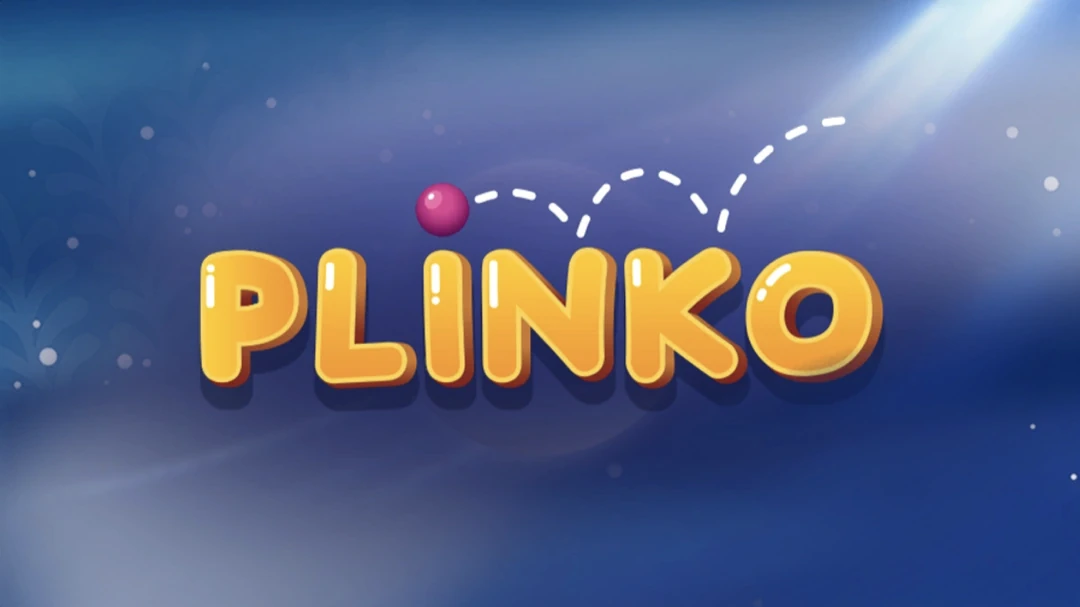Are you tired of the limitations imposed by traditional betting agencies like the AAMS? Looking for fast withdrawals, fewer restrictions, and higher bonuses? You’re not the only one. As more players explore siti non AAMS scommesse, the demand for safe, trustworthy, and feature-rich Non-AAMS betting sites is on the rise. So, what exactly are these Non-AAMS sites, and why are savvy international players jumping ship to these platforms? Let’s dive in.
What’s a Non-AAMS Betting Site?
Let’s get this straight from the start. Non-AAMS betting sites are online bookmakers not licensed by the AAMS (Agenzia delle Dogane e dei Monopoli), the Italian gaming authority. Instead, these sites are typically licensed by international regulators like:
- MGA (Malta Gaming Authority)
- Curacao eGaming
- UK Gambling Commission
- Gibraltar Regulatory Authority
These international licenses allow platforms to operate across borders, offering betting options to players around the globe — including countries with heavy local restrictions.
Why Are Players Choosing Non-AAMS Betting Sites?
If you’ve ever been frustrated trying to withdraw your winnings or found yourself limited on how much you can bet, you already know the pain. Here’s why Non-AAMS sites are becoming the ultimate escape route for international players:
- Bigger Bonuses: These sites often offer insane promotions, welcome bonuses, and loyalty programs.
- Fewer Restrictions: Bet how you want, when you want. No low betting limits or annoying identity checks every step of the way.
- Faster Payouts: Some Non-AAMS sites pay out within hours, compared to days or even weeks on AAMS platforms.
- More Variety: From esports to obscure international leagues — if it exists, chances are you can bet on it!
Top 5 Trusted Non-AAMS Betting Sites in 2025
So, where should you place your bets? Here’s a breakdown of the most popular and trusted Non-AAMS betting sites this year.
| Bookmaker | License | Welcome Bonus | Top Features |
|---|---|---|---|
| Rabona | Curacao | 100% up to €200 | Sports + Casino, Fast Withdrawals |
| 1Bet | Curacao | €100 Free Bet | Live Betting, Crypto Supported |
| BetSwagger | Curacao | €300 Casino Bonus | Anonymous Betting, No KYC |
| FezBet | Curacao | €150 Sports Bonus | Live Streaming, Fast Payments |
| 20Bet | Curacao | €100 + Free Spins | Mobile App, In-Play Options |
The Betting Experience: What to Expect
Let’s talk about experience. You’re not just looking for odds; you want thrills. Non-AAMS sites often feel like digital Las Vegas — flashy, fast, and full of life. The user interfaces are slick, mobile-optimized, and you can jump from a football bet to live blackjack with a couple of taps.
And the best part? Many Non-AAMS sites allow crypto betting. Imagine placing a bet in Bitcoin and cashing out in hours. No banks involved. No questions asked. It’s freedom, redefined.
Wait… Are Non-AAMS Betting Sites Legal?
Great question. Legal doesn’t always mean simple. Non-AAMS sites operate legally in the countries where they’re regulated. But local laws vary. In Italy, it’s technically illegal to market unlicensed platforms, but it’s not illegal for the user to play. Confusing? Absolutely.
Here’s the general rule: Playing on Non-AAMS sites as an international player is usually safe, but always check your country’s local laws before diving in.
How to Choose a Safe Non-AAMS Betting Site
If you’re thinking “this sounds good, but how do I avoid shady corners of the internet?” — you’re wise. Not all that glitters is gold in the gambling world. Stick to this checklist before signing up:
- Check for a valid license: Curacao, MGA, UKGC are the most trustworthy.
- Read reviews: Look for real player experiences — especially on Reddit or Trustpilot.
- Look for security features: SSL encryption, 2FA, KYC options.
- Play with test bets: Drop in a smaller deposit to test withdrawal speed.
Real-World Success Story
Take Marco, a player from Rome. Fed up with delayed withdrawals and low bonuses on AAMS platforms, he made the jump to Non-AAMS in early 2024. He chose 20Bet and began playing with crypto. Within three months, he’d won big on Champions League bets, withdrawn over €2,000 in crypto — all within a few hours — and never looked back. While friends struggled with ID verifications and frozen accounts, Marco was already betting on the next UFC match in real-time.
The Numbers Don’t Lie
According to Global Betting Insight 2025:
- Over 41% of European bettors used Non-AAMS platforms last year.
- Crypto gambling surged by 65% among international players.
- 90% of players switching from AAMS cited user freedom and bonus access as their top reasons.
FAQs
🟢 Is it safe to bet on Non-AAMS sites?
Yes, as long as the site is licensed and has a reputation for fair play, you’re in safe hands.
💸 Can I use Euros or Bitcoin?
Most Non-AAMS platforms accept multiple currencies including EUR, USD, BTC, and ETH.
⏱️ How fast are withdrawals?
Typically between 1-24 hours, especially for e-wallets and crypto.
📱 Do Non-AAMS sites have mobile apps?
Yup! Most have dedicated apps or ultra-responsive mobile sites.
Final Thoughts: Is It Time to Switch?
Let’s face it. The sports betting world is evolving faster than ever. If you’re stuck on an outdated local platform, you’re already missing out on better odds, higher limits, and way more fun. Non-AAMS sites offer international players the kind of freedom, speed, and excitement that traditional platforms just can’t match. So, what are you waiting for?
Explore your options, double-check your local laws, and test the waters with a reputable site. The world of Non-AAMS betting is wide open — and it’s calling your name.









